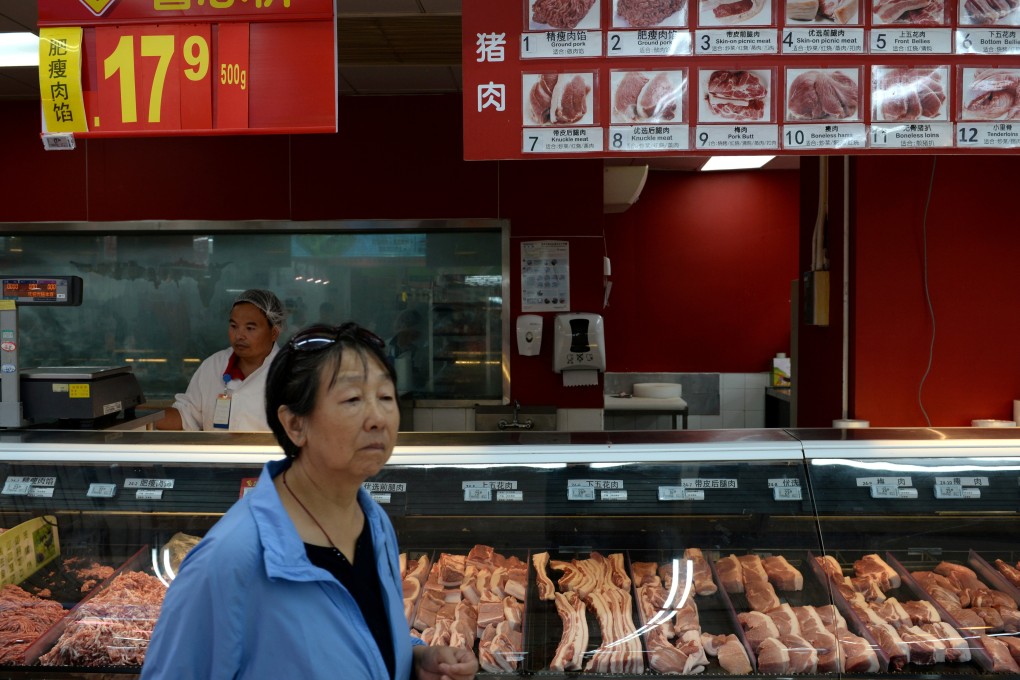China’s rising prices, driven by pork crisis, leaving a bad taste in the mouths of Chinese consumers, businesses
- China’s consumer price index jumped to 3.8 per cent in October, the highest since January 2012, driven by the price of pork doubling from a year earlier
- Businesses are on the verge of closing, while the make-up of the Chinese dinner table is changing, after African swine fever destroyed the pig population

In what is becoming a daily scene in markets, restaurants and office buildings across China, ordinary citizens cannot help but share their worries about the sharp rise in the cost of living, and discuss how to save money.
This trend comes in response to a new environment of rising prices and slower economic growth, which is leading to growing discontent among the public.
Pork is China’s favourite meat, especially among middle and low-income groups, but rising meat prices are also dampening consumer sentiment and undermining Beijing’s attempts to convince the population of the country’s bright economic future.

Internet posts complaining about skyrocketing meat prices and sharing practical ways to save are becoming increasingly popular.
A post on November 8 by a migrant worker in the Yangtze River Delta sharing her recipes for three affordable meals per day attracted more than 50,000 views and replies. Another post showing rising prices at fast food shops across the country had over 30,000 views and replies in a few days.